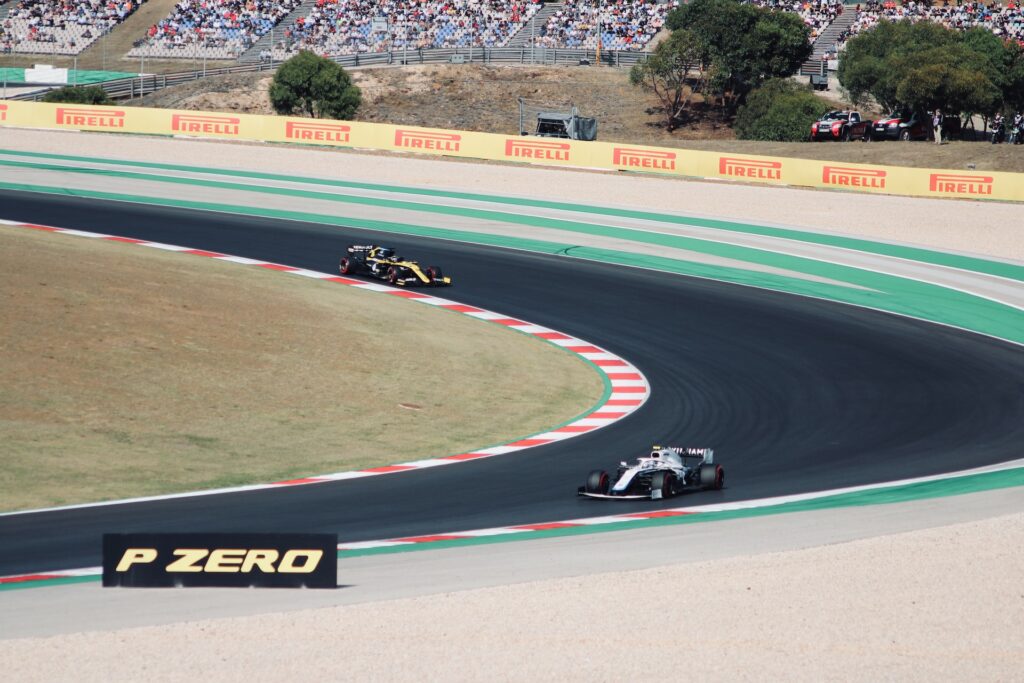Formula 1: Brazilian Grand Prix – A Brief History…
The Brazilian Grand Prix is a highly anticipated event on the Formula 1 calendar. Held at the Autódromo José Carlos Pace, also known as Interlagos, this iconic race track is located in São Paulo, Brazil. The race has a rich history dating back to its inception in 1972 and has been a permanent fixture on the Formula 1 calendar since 1973. Over the years, the Brazilian Grand Prix has produced incredible moments and memorable victories, making it one of the most celebrated races in Formula 1.
Interlagos, which means “between the lakes” in Portuguese, is situated in a scenic locale with a natural bowl shape, surrounded by lakes and lush greenery. The circuit is known for its challenging layout, featuring a mix of long straights, high-speed corners, and undulating track changes. This combination provides an adrenaline-filled spectacle for drivers and fans alike, creating a unique and exciting atmosphere. Many drivers consider racing at Interlagos as a true test of their skills and resilience due to the track’s unpredictable weather conditions and demanding nature.
One of the most iconic moments in Brazilian Grand Prix history occurred in 2008 when Felipe Massa, a homegrown talent, won the race in dramatic fashion. The championship battle between Massa and Lewis Hamilton reached its climax in the final lap of the race. Massa won the race, but Hamilton’s fifth-place finish was enough to secure the World Championship title. The atmosphere at Interlagos was electric as fans witnessed one of the most thrilling moments in Formula 1 history. This race solidified the Brazilian Grand Prix’s reputation as a race that delivers intense drama and unpredictable outcomes.
The Brazilian Grand Prix has also seen some dominant performances by world-renowned drivers. Ayrton Senna, a Brazilian racing legend, holds the record for the most wins at his home Grand Prix, having won the race six times. Senna’s success at Interlagos created an enduring legacy and made him a national hero in Brazil. His skill, passion, and connection with the crowd helped elevate the Brazilian Grand Prix to new heights during his era. Senna’s tragic death in 1994 only further fueled the race’s significance, turning it into an event that pays homage to his remarkable career.
Over the years, the Brazilian Grand Prix has undergone numerous changes and updates to enhance the overall experience for drivers and spectators. The track layout has been modified, safety measures have been improved, and facilities have been upgraded to meet international standards. These efforts have cemented the Brazilian Grand Prix’s place as one of the most spectacular races on the Formula 1 calendar.
The Brazilian Grand Prix may have faced challenges and uncertainty at times, but its enduring legacy and passionate fans ensure that it remains an integral part of the Formula 1 season. The race not only showcases the thrilling world of motorsport but also celebrates the Brazilian culture and its deep-rooted connection to racing. As drivers race around Interlagos, they can feel the energy of the crowd and the rich history of the race, creating an unforgettable experience for both the competitors and the fans.